Tokyo Event Calendar
1: January
Event |
Photo |
Descriptions |
Date & Place |
|---|---|---|---|
New Year |
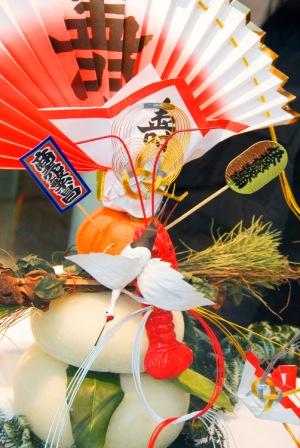 |
Watch-Night Bells: Buddhist temples toll bells 108 times at 0:00 of 1 January to blow away bad desires for a fresh start. It is a custom to eat Japanese noodles with hearing the bells.
First Prayer (Hatsu-mode): Japanese people visit a shrine (or temple) to pray for a good year on 1 January.
Happy Bags: Most big shopping centers sell "Happy Bags," which are sets of items at discount prices, on the first business day.
Nanakusa: People eat rice porridge with 7 herbs on 7 January. |
Watch-Night Bells: at Buddhist temples, 0:00 on 1 January
New Year Celebration: 1 - 7 January
1 Jan: New Year's Day
1 - 3 Jan: Many public places are closed for celebration
7 Jan: The last day of New Year Celebration |
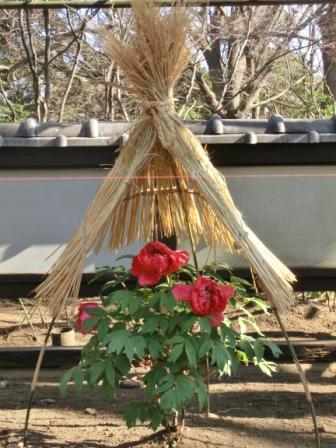 |
Peonies are displayed with snow fences made of straw.
|
At Ueno Toshogu Shrine
|
In January, Japanese atmospheres are everywhere because of New Year Celebration. You will also have chances to try New Year dishes (osechi) and experience the Japanese traditions.
Nanakusa-gayu is found in restaurants. There is also a demonstration by sumo wrestlers at Meiji-Jingu Shrine, Harajuku, on 7 January.
2: February
Event |
Photo |
Descriptions |
Date & Place |
|---|---|---|---|
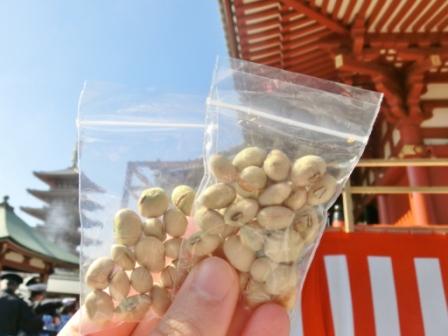 |
Setsubun is a traditional Japanese festival. People scatter soy beans to eject bad spirits and to welcome good luck. |
Many shrines and Buddhist temples hold Setsubun events.
3 (or 4) February |
|
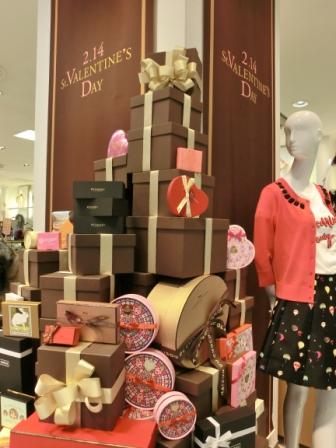 |
In Japan, St. Valentine's Day has become an event to give or eat chocolates. We can get a lot of fabulous chocolates by famous chocolatiers in the world. |
In department stores in Ginza, shopping centers, etc.
Until 14 February |
February is considered to be the coldest month in a year in Japan, but there are hot events.
The air is very clear in winter, so it is a good season to visit observatories. You have chances to veiw Mt. Fuji on sunny days.
3: March
Event |
Photo |
Descriptions |
Date & Place |
|---|---|---|---|
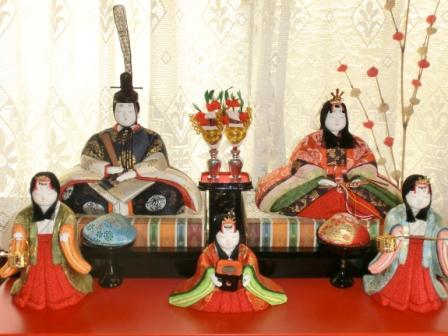 |
3 March is Japanese girls festival. People decorate rooms & public places with Japanese dolls and eat special snacks and sushi. | 3 March | |
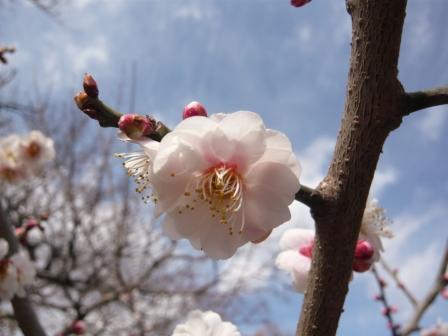 |
Plum (Apricot/Ume in Japanese) blossoms bloom before cherry blossoms.
Plum Blossom Festival in Mito, a city located north from Tokyo, is big and famous. |
In Japanese gardens, parks, shrines, Buddhist temples, etc.
Late February to Middle March |
|
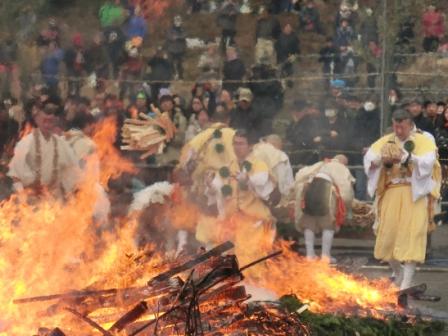 |
Yakuoin Temple in Mt. Takao in Western Tokyo is a temple with unique culture of Shugendo. |
The 2nd Sunday in March every year
In Yakuoin Temple in Mt. Takao |
|
Japanese Garden in Tokyo National Museum Opened |
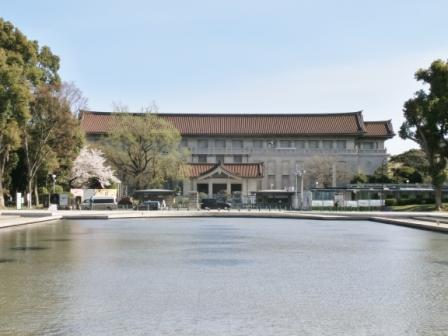 |
For cherry blossom (sakura) season, this museum filled with old Japanese and Asian arts opens its garden to visitors. |
Early March - early April (Depends on the year) |
Cherry Blossoms (Sakura) |
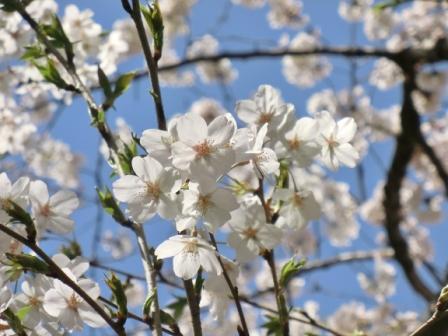 |
Cherry blossoms are one of the icons of Japan. |
In parks, gardens, temples, shrines, etc.
Late March to Early April
|
Spring gets close every day in March. With Hina-Matsuri and White Day, the streets are colored spring, too.
Go to Blog Posts of Cherry Blossoms in March!
Each post has a lot of photos and visitor information. They will open in new windows so that you can go back to this page easily.
Trip Planning Advice for Cherry Blossom (Sakura) Festival Visitors to Japan by a Local
Cherry Blossoms for Travelers Visiting Japan Earlier than Standard Sakura
The Full-Blooming Weeping Cherry Tree in Rikugien Gardens - photos & reports
Cherry Blossoms & Spring Flowers in Shinjuku Gyoen National Gardens
4: April
Event |
Photo |
Descriptions |
Date & Place |
|---|---|---|---|
Cherry Blossoms (Sakura) |
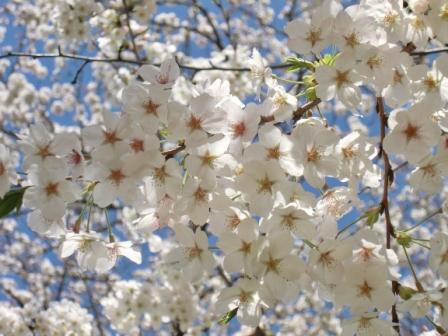 |
Cherry blossoms fully bloom in early April. The peak lasts around one week.
After the season of standard sakura leaves, late-blooming cherry blossoms attract people. |
In parks, gardens, temples, shrines, etc.
Late March - Early April
|
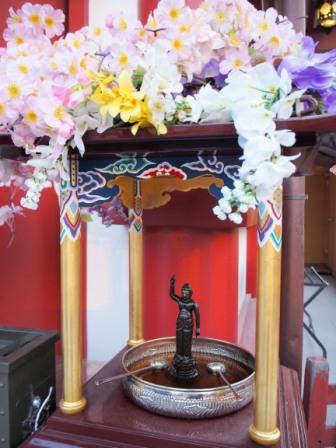 |
Buddhist temples (NOT Shinto shrines) celebrate Buddha's birthday. |
At Buddhist temples
8 April |
|
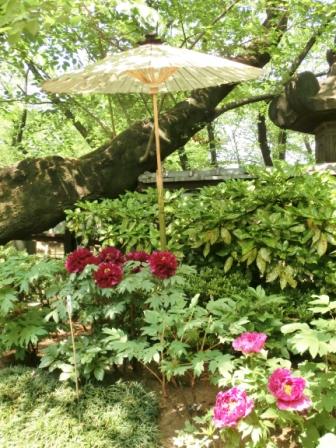 |
In spring, peonies are displayed with sunshades. |
At Ueno Toshogu Shrine
Early April - Early May (Depends on the year) |
|
Late-Blooming Cherry Blossoms |
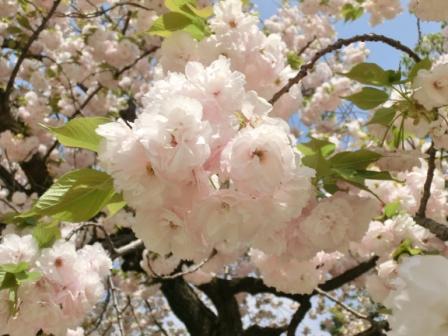 |
There are many kinds of sakura that bloom later than standard sakura.
Although many Japanese people tend to praise "standard" cherry blossoms, the late-blooming cherry blossoms are as beautiful as the standard kinds. |
Shinjuku Gyoen Garden is the most famous for late-blooming cherry blossoms.
Middle April - Late April, Early May |
April is definitely the season of cherry blossoms. There are also other spring flowers blooming all around.
Go to Blog Posts of Cherry Blossoms in Tokyo in April!
Each post has a lot of photos and practical visitor information. They will open in new windows so that you can go back to this page easily.
Ueno Park Cherry Blossom Festival - Why You Shouldn't Miss Shinobazu Pond!
Imperial Palace / Chidorigafuchi Cherry Blossom Festival - Photos & Tourist Information
Perfect Guide of Asakusa Sumida River Cherry Blossom Festival
Tokyo's Cherry Blossom (Sakura) Spot - Koishikawa Korakuen Gardens
A Guide to the Views of Cherry Blossoms & Zojoji Temple & Tokyo Tower
A Guide to Hamamatsucho - All About its Attractions, Hotels and Transportation - This post is partly about Kyu Shiba Rikyu Gardens just next to Hamamatsucho Station.
Tokyo's Cherry Blossom Spot - Yoyogi Park, Harajuku
Guides, Reviews & Facts of Meguro River Cherry Blossom Festival
Travel Tips for Cherry Blossoms in April
A Perfect Guide to Ueno Park Cherry Blossom Festival IN THE EVENING
Cherry Blossoms for Travelers Visiting Japan Later than Standard Sakura
3 Reasons to Visit Ueno Park AFTER Cherry Blossom (Sakura) Festival
5: May
Event |
Photo |
Descriptions |
Date & Place |
|---|---|---|---|
Golden Week |
29 April and 3, 4, 5 May are public holidays in Japan. It is a high season for traveling, so there are many events to attract people. | 29 April, 3, 4, 5 May and the weekend close to the public holidays | |
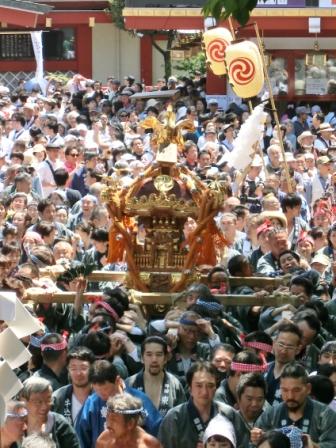 |
One of the Biggest Festivals in Japan lasting for hundreds of years. |
At Kanda Myojin Shrine near Akihabara
Late April to Middle May, ONCE TWO YEARS
In 2015, the big parades were held on 9 & 10 May |
|
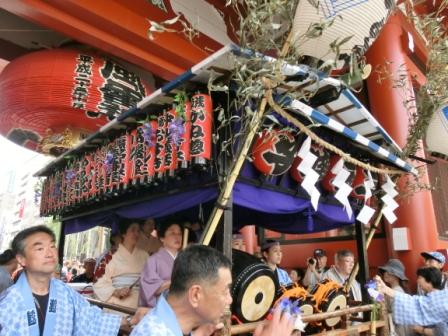 |
A yearly big festival of Asakusa Shrine, just next to Sensoji Temple, which is said to be lasting since 1312.
We can explore very unique dances registered as Cultural Asset of Tokyo, traditional music, parades, real geishas, and other performances by festival-loving Asakusa locals. |
At Asakusa Shrine and Nakamise Street
Friday, Saturday and Sunday close to 17 & 18 May every year |
In May, it is sunny on many days, so many people go picnicing and hiking. After the cherry blossom season, trees are very beautiful with fresh leaves. In some temples, bamboo is most beautiful in a year.
6: June
Event |
Photo |
Descriptions |
Place & Date |
|---|---|---|---|
Irises |
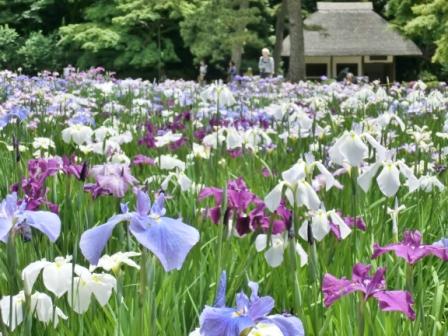 |
Iris flowers are one of the icons of Japanese June. The purple, blue and white of the flowers and the fresh green leaves are extremely beautiful in the rainy season. |
See 2 Top Iris Viewing Spots in Tokyo City, Japan - Natural Beauty in June
Late May - June
|
Hydrangeas |
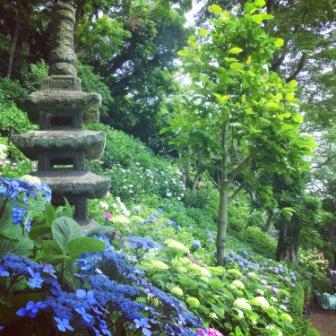 |
Hydrangeas (Ajisai in Japanese) are the other symbol of June. |
See A Trip to Kamakura, Japan - Hydrangeas in June & All the Travel Info |
International Tokyo Toy Show |
 |
More than 150 toy companies from Japan and overseas gather for the big trade fair with their new, eye-catching toys. |
At Tokyo Big Sight (= Tokyo International Exhibition Center)
Public Days: A weekend in June |
Tsukiji Shishi Matsuri |
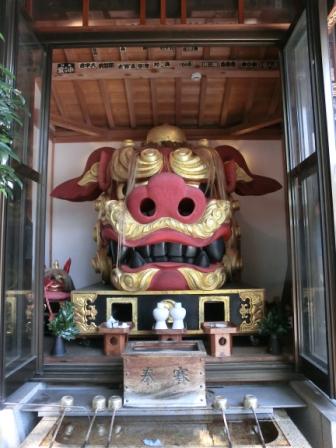 |
It is the summer festival of Namiyoke Shrine in Tsukiji.
On the Sunday, people hold a big parade with MIkoshis (portable shrines) and the those with Shishi (the wooden lion head.)
|
At Namiyoke Shrine in Tsukiji
10 June for the main festival |
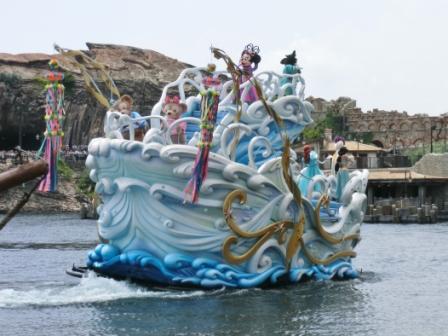 |
Tokyo Disney Resort started Tanabata (Japanese Star Festival on 7 July) events. |
Tokyo Disney Resort
Until 7 July |
Rainy season comes to Japan in June and lasts until mid July. Although it is rainy on many days, there are some natural beauty that cannot be missed.
7: July
Event |
Photo |
Descriptions |
Place & Date |
|---|---|---|---|
Tanabata (Japanese Star Festival) |
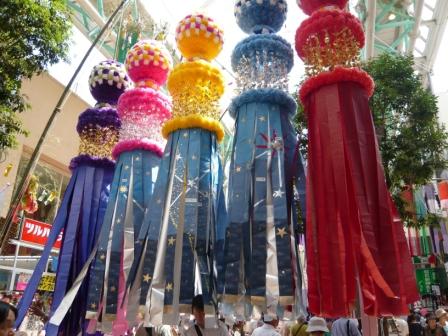 |
Tanabata is a traditional Japanese star festival to make wishes to stars.
People decorate bamboos with origami and write their wishes on a long piece of paper called tanzaku. |
In some Japanese gardens, public places such as stations, etc.
7 July |
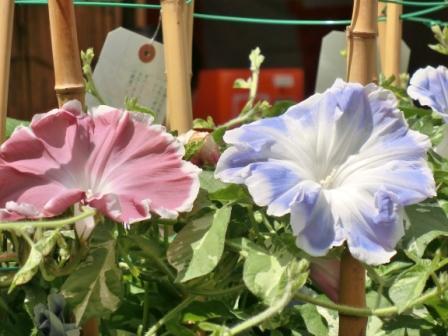 |
A traditional market of Japanese morning glories (Asagao in Japanese) pots loved by Tokyo locals for more than 100 years. |
Around Iriya Kishimojin (also, Kishibojin) Temple near Ueno
6, 7 and 8 July every year |
|
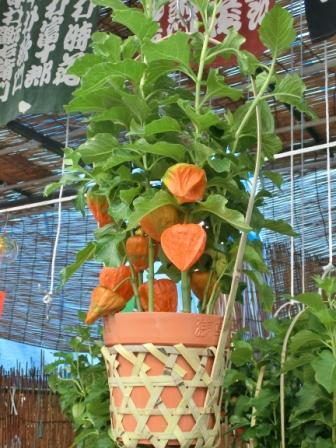 |
A big and famous market of Hozuki (Chinese lantern) pots lasting hundreds of years in Asakusa.
It is said that a folk belief and the custom of hozuki as medical herbs got mixed up to be Hozuki Market of today. |
9 & 10 July every year |
|
Ueno Summer Festival |
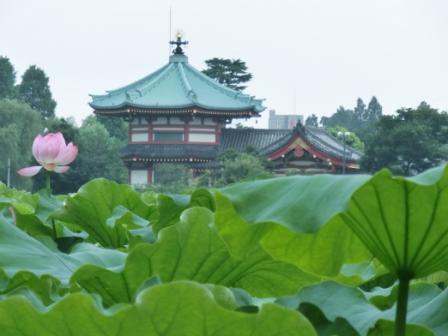 |
There are some events every day in Ueno Park. |
In Ueno Park
Early July - Early August (Depends on the year) |
Sumida River Fireworks |
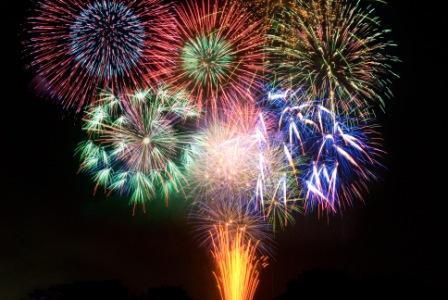 |
One of the biggest fireworks festivals in Japan.
|
Along Sumida River in Asakusa
On a Saturday in late July |
There are some traditional, interesting events in Tokyo in early July. When rainy season leaves in mid July, Tokyo's hot summer comes.
8: August
Event |
Photo |
Descriptions |
Place & Date |
|---|---|---|---|
Fireworks Festivals |
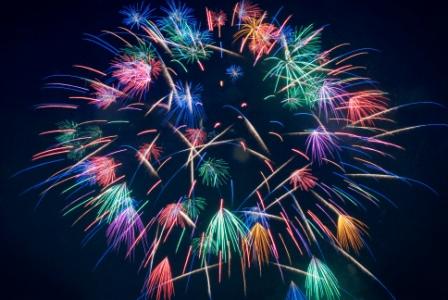 |
Fireworks are traditionally iconic in Japanese summer.
In Tokyo, Tokyo Bay Fireworks and Jingu Fireworks are big and famous. There are smaller fireworks festivals throughout Japan, too. |
Tokyo Bay Fireworks: In Odaiba district, on a day in Early August
Jingu Fireworks: At Jingu Baseball Stadium, on a day in Early August |
Summer Festivals |
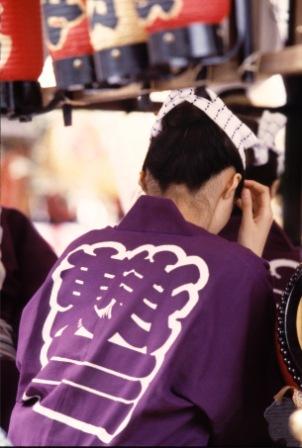 |
Many traditional festivals are held in shrines and temples in summer.
It is a high season for traveling, so cities, towns, shopping centers, etc, hold events to attract people, too. |
In shrines and temples |
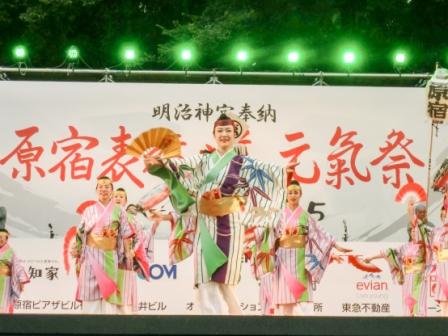 |
Yosakoi is an exciting Japanese folk dance started in Kochi Prefecture just after WW2.
Colorful costumes, music and dances are originated from Japanese things. Performers custom them freely with their imaginations and creativities, so yosakoi is trendy at the same time to be traditional. |
Omotesando Avenue, Meiji Jingu Shrine and streets in Harajuku
In a weekend in late August |
|
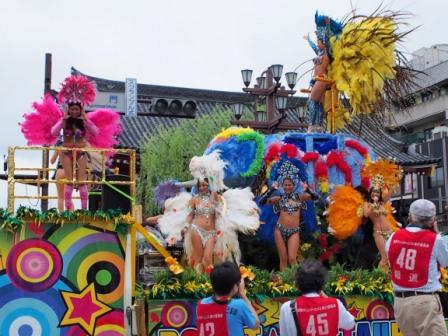 |
The biggest Samba Carnival in the Northern Hemisphere is held in the main streets in Asakusa in late August.
Hundreds of thousands of people visit there to see the colorful and exciting parades. |
Main streets around Sensoji Temple |
Many fireworks festivals and traditional festivals are in August.
In the last weekend of August, there are 2 big festivals in Tokyo; One of them is Asakusa Samba Carnival and the other is Harajuku Super Yosakoi Dance Festival. Both are held in the best tourist spots in Tokyo, so if you are staying at the end of August, it is strongly recommended visiting them.
It is hot in Tokyo in summer - unexpectedly for many international travelers -, so it is advised to make a moderate schedule to enjoy your travel. (cf: See 3 Coolest Indoor Activities & 6 Travel Tips to Spend Hot Summer in Tokyo)
9: September
Event |
Photo |
Descriptions |
Place & Date |
|---|---|---|---|
Tokyo Game Show |
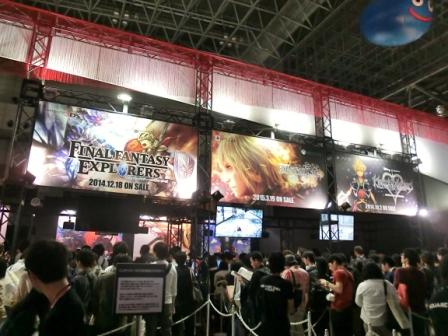 |
One of World's 3 Biggest Video Game Exhibitions.
Visitors can try new video games that have not been released. |
See Descriptions of Tokyo Game Show - What, when, where is TGS |
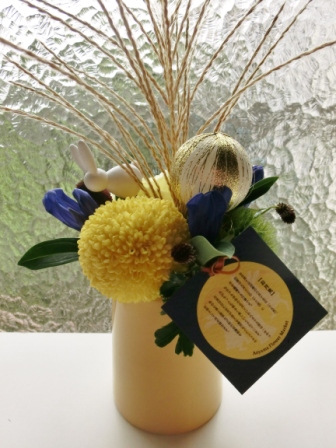 |
Japanese people have thought that it is the best season to view the moon. |
A day close to full moon. (15 August in Lunar Calendar) |
Although it is still hot, Japanese early autumn comes in September.
September is traditionally an elegant season in Japan and Jugoya is the essence. Autumn grass and flowers are beautiful in Japanese gardens.
10: October
Event |
Photo |
Descriptions |
Place & Date |
|---|---|---|---|
Autumn Leaves (Fall Foliage) |
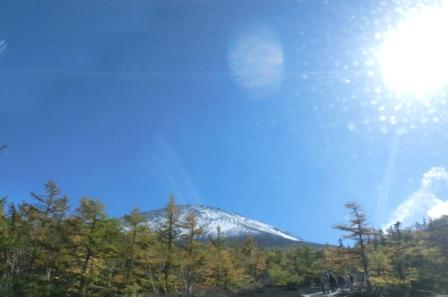 |
Autumn colors come from cold places. |
In Mt. Fuji hillside, North Japan, highlands, etc.
From Early October |
Jusanya (Moon Viewing) |
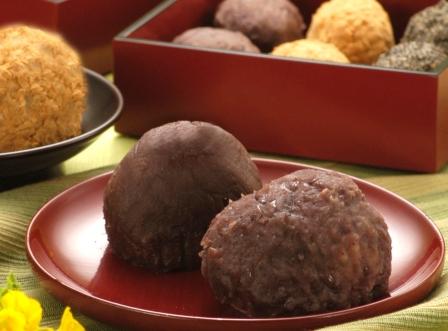 |
Another moon viewing day is in October. | A day close to full moon. (13 September in Lunar Calendar.) |
Tokyo Motor Show |
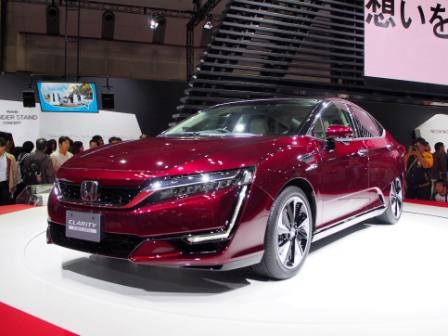 |
One of the biggest exhibitions of cars and motorbikes in the world.
Not only exhibitions and conferences, we can test-ride next-generation vehicles. |
At Tokyo Big Sight (= Tokyo International Exhibition Center)
Late October - Early November, ONCE TWO YEARS |
Halloween |
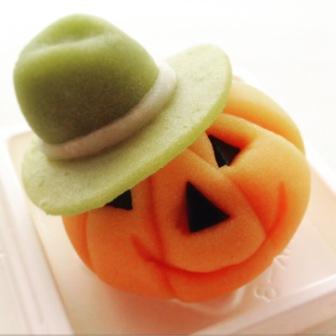 |
Halloween is getting more and more popular among Japanese people as an exciting event to stroll in streets with wearing costumes. You will see many shops selling Halloween costumes in October.
|
In Shibuya, Harajuku/Omotesando, etc.
|
The sky becomes clear and the temperature is comfortable, so October is the best for hiking in a year. It is also great for any outdoor activities.
Not only Halloween that is part of modern pop culture, October has been a season of traditional local festivals originated from harvest in Japan. Many shrines hold them on weekend.
Go to the Blog Posts of the Best Season for Autumn Leaves in Japan
Mt. Fuji Hillside: Early October
Nikko (Lake Chuzenji): Early - Middle October
Hiraizumi (a World Heritage Site in North Japan): Late October - Early November
Lake Kawaguchi Autumn Leaves Festival (at the foot of Mt. Fuji): Middle November
Mt. Takao (a hiking course with unique culture in Western Tokyo): Middle November
Kamakura: Late November - Early December (Same to Tokyo City)
11: November
Event |
Photo |
Descriptions |
Place & Date |
|---|---|---|---|
Autumn Leaves (Fall Foliage) |
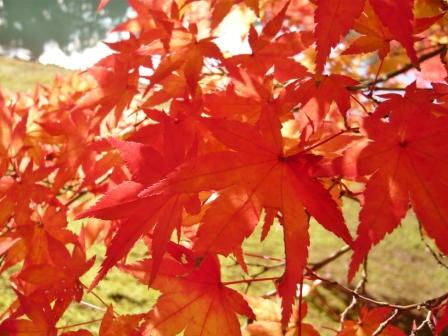 |
In autumn, some leaves turn red and yellow.
Especially, red maple leaves are considered to be another Japanese natural beauty as well as cherry blossoms in spring.
In Tokyo City, the peak is late November to early December. |
In Japanese gardens, parks, temples, shrines, etc.
In Mt. Takao, the peak comes earlier than Tokyo City; It is middle of November.
See Autumn Color in Tokyo City - Fall Foliage & Maple Leaves in Rikugien Garden |
November doesn't look like a month that has many events in this calendar, but it is not true.
3 November is Culture Day in Japan, and autumn is said to be the best season for cultural activities, sports and foods, so you have many chances to meet interesting things. You will see some children in kimono at shrines and temples especially on weekends. It is because of Shichi-go-san, a traditional Japanese custom to celebrate children's growth.
Go to the Blog Posts of the Best Spots for Autumn Leaves in Tokyo
Rikugien Gardens
The Japanese gardens built by samurais are famous for its red maple leaves. Rikugien Gardens is one of the biggest Japanese gardens in Tokyo and they offer genuine matcha (green tea) in the traditional tea houses.
Koishikawa Korakuen Gardens
It is one of the best Japanese gardens in the middle of Tokyo City whose best season in a year is autumn. The red bridge surrounded by red maple leaves and reflections of them in the pond are amazingly beautiful.
Mt. Takao
Mt. Takao Maple Leaf Festival is from 1 to 30 November every year. It has been a popular hiking course for Tokyo locals for a long time and its unique culture also attracts international travelers today.
Kiyosumi Garden
Kiyosumi Garden is another beautiful Japanese garden in the city. You can see early kinds of autumn leaves rather than maple leaves.
Hamarikyu Garden
In my opinion, the other gardens I listed above are better than Hamarikyu Garden for autumn leaves, but there are maple trees and others.
Omotesando Ave. & Yoyogi Park in Harajuku
The fashionable streets are lined by yellow maidenhair trees.
12: December
Event |
Photo |
Descriptions |
Place & Date |
|---|---|---|---|
Christmas |
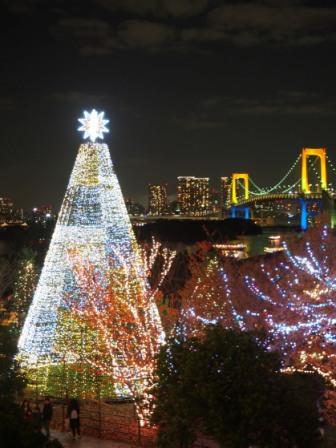 |
There are many lighting events in winter in Japan.
|
In Tokyo, those events are held in districts for young people such as Odaiba.
Most of them last until New Year and some do until March.
For example - Blue Fantasy of Carreta Shiodome, Yebisu Garden Place & more.
|
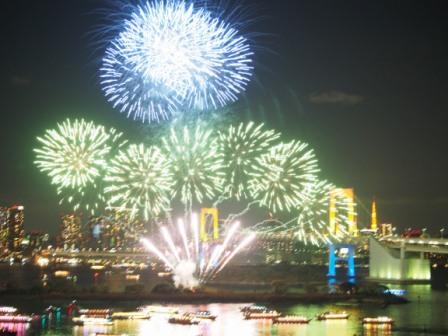 |
Fireworks are held mostly in summer, but there are some fireworks events in Odaiba on weekends in December. |
In Odaiba, the bay side district.
On weekends.
See photos on Why I Push Odaiba Rainbow Fireworks. |
|
Watch-Night Bells |
Buddhist temples toll bells 108 times at 0:00 of 1 January to blow away bad desires for a fresh start. |
At Buddhist temples |
Beautiful Christmas illuminations decorate modern Tokyo City. In late December, delis sell osechi (traditional foods for New Year) and people prepare for New Year. Some public places close at the end of December.
Go to the Blog Posts of Tokyo's Best Spots for Christmas Illuminations
Ebisu: World's biggest Baccarat chandelier is displayed with lights.
Yebisu Garden Place plus Tips & Westin Tokyo Hotel
Harajuku/Omotesando: The most fashionable street in Japan is lighted up in Christmas season.
Odaiba: In Chrismas season, the big beautiful Christmas tree becomes a great addition to the views of Tokyo Bay, Rainbow Bridge and Tokyo Tower. All seasons.
See photos on Why I Push Odaiba Rainbow Fireworks
Roppongi: Roppongi Hills, the streets and Tokyo Mid Town are filled with lights.
Tokyo City View in Roppongi Hills & How to Get to Roppongi
Shiodome: Shiodome is a very popular place in Tokyo for winter lights. It is a walking distance from Shinbashi and Hamamatsucho.
Blue Fantasy at Caretta Shiodome & Trip Planning Tips
Tokyo Station: The Christmas lights at the very central station of Tokyo.
Christmas Lights at Tokyo Station Marunouchi 2014
Tokyo Tower: Tokyo's symbol welcomes you with lights in winter nights.
3 Best Things to See at Tokyo Tower at Night & Orange Illuminations
